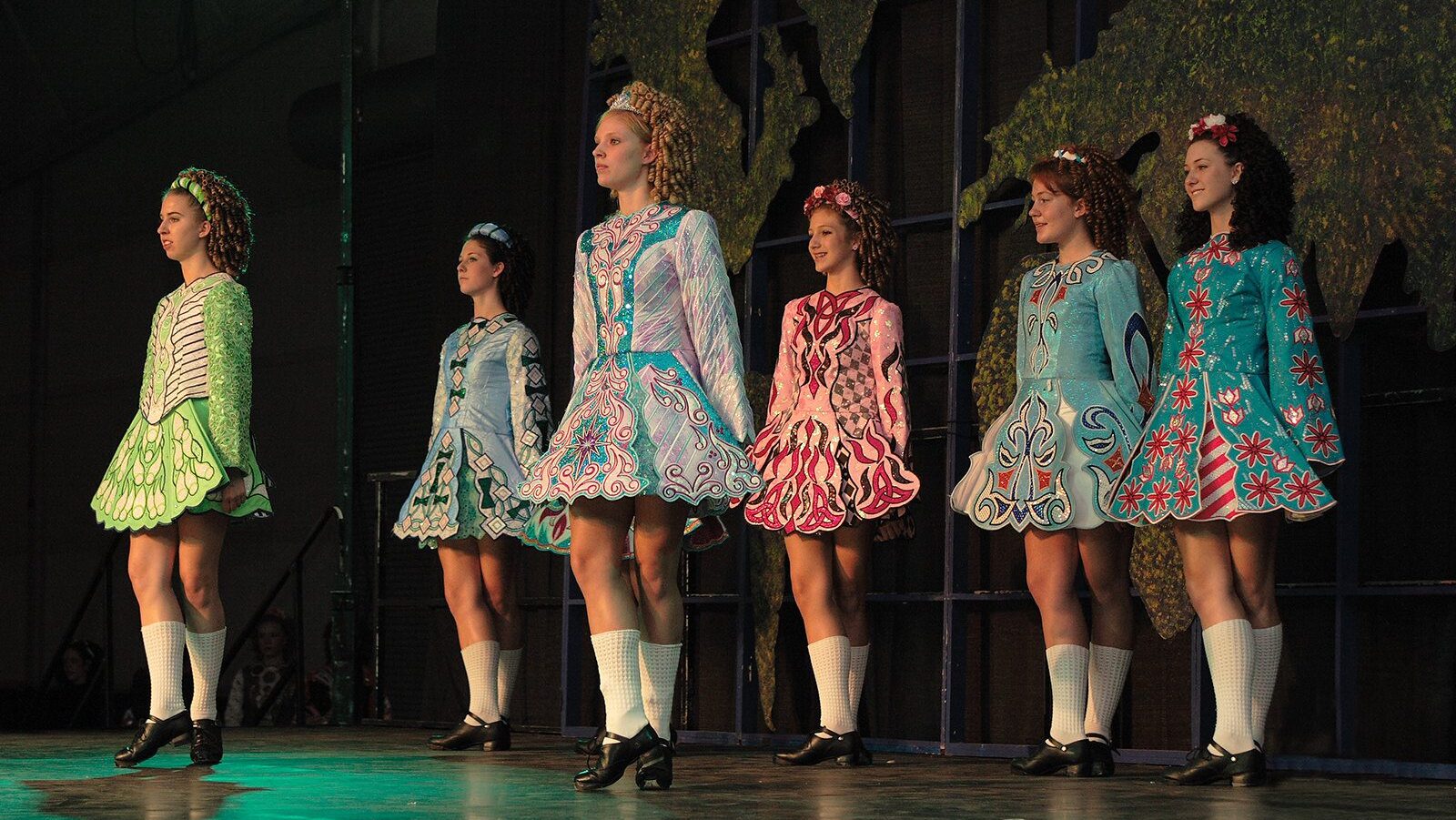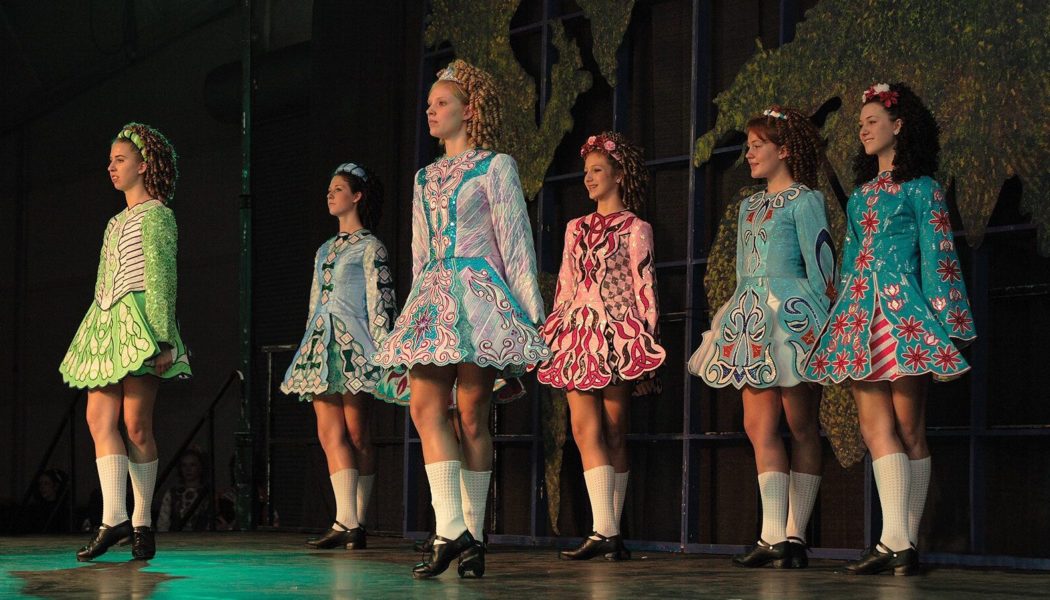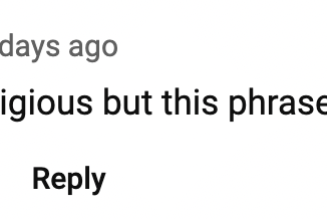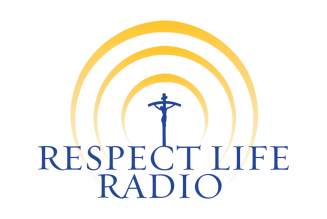
Is there any phrase that sums up liquid modernity’s destruction of tradition better than “transgender Irish dancing?” Somehow, I doubt it—yet here we are. A recent headline in the Irish Independent announced the latest heritage-flattening victory for trans activists: “Transgender Irish dancers allowed to compete in categories matching their gender identity.” To translate that from gender ideology into non-Orwellian English: “Boys are now allowed to compete against girls in Irish dancing competitions.”
Traditional Irish culture is among the richest in Europe, not least because it survived being suppressed for so long, giving the music and folk dancing a sort of joyful defiance. A few years ago, when I had the privilege of writing Patriots: The Untold Story of Ireland’s Pro-Life Movement, I spent time in Ireland for a book tour. One of the heroes of that movement is Niamh Uí Bhriain—she and her entire family have been central to the pro-life fight for decades. Niamh’s father, the late Séamus Mac Mathúna, was a legendary singer and flute player—she wrote about his role in preserving Irish culture several times, and the essays are well worth reading. This is Séamus performing “Mo Ghile Méar” with the James Last Orchestra, Dublin, in 1986:
[embedded content]
Spending time with Irish people who were steeped in and passionate about their culture made me envious. Stopping in a pub to eat after a long night of pro-life campaigning, an elderly man began singing an old folk song. Another gravelly voice in the corner joined; within a minute, everyone in the room was singing. Singing was frequent after book tour events, too, and one morning in Dingle, a grey-haired gentleman noticed we were not Irish and insisted on singing us a “song from his village,” which he did beautifully as everyone stopped what they were doing to listen.
That is what a shared culture looks like, and that is one of the reasons it has been particularly depressing to watch Ireland’s swift surrender to ideologies from elsewhere. Indeed, as the Irish Independent reported, the new transgender decision originated in the United States, when a ‘teenage transgender girl’—that is to say, a teenage boy—from America qualified to compete in the upcoming Irish Dancing World Championship: “The success of the dancer, who is understood to have previously competed in a male category, prompted some complaints from parents and discussion within the world of Irish dancing.”
In fact, the boy had placed first at a regional competition in the division for girls ages 14 and younger. A group called Concerned Irish Dance Teachers Adjudicators Parents and Dancers released a petition titled “Protect Female Irish Dancers in Gender-Specific World Qualifying Championships Worldwide,” which swiftly accumulated over 6,000 signatures. LGBT media outlets promptly began a counter-campaign and petition, with commentators insisting that traditional Irish dancing be a ‘safe space’ for trans-identifying children while dismissing entirely the impact on girls who might not want to compete against boys. (“Shut up,” they explained.) According to the Independent:
Transgender Irish dancers can compete in categories that match their gender identity, An Coimisiún Le Rincí Gaelacha (CLRG) has decided. Irish dancing’s governing body made the ruling following legal advice and weeks of debate. Some had put forward motions to the CLRG membership seeking to ban transgender boys and girls from competing in categories that match their gender identity. In a memo to members this week, CLRG chairperson Sandra Connick said that over the last number of weeks “there has been considerable internal and external discussion concerning the eligibility of transgender dancers to enter competitions that align with their gender identity.
As a world-wide organisation welcoming dancers from many different backgrounds, CLRG is committed to creating a safe and inclusive environment for every dancer in our community,” she said. “However, we understand the matter is a divisive subject that generates strong opinions and CLRG has been listening to the views of all teachers, dancers and parents, while also seeking professional legal, reputational and peer organisation advice on the subject.
At a February 4 meeting, CLRG members were subjected to a half-day ‘transgender education forum’ to examine ‘research’ on ‘transgender athletes’ and, very significantly, “reputation risk issues for CLRG”—meaning that the probability of being targeted by the very powerful LGBT movement was likely discussed. On February 5, a legal opinion from the Bar of Ireland was reviewed, and CLRG concluded that Irish folk dancers will compete in categories “that align with their gender identity.” Motions attempting to stop this failed, as did a motion to establish a separate category for ‘non-cis’ dancers. CLRG will begin working on “a new inclusivity, equality, and diversity policy to reflect its position on transgender dancers” that will be voted on in May.
This isn’t surprising, of course. Nearly every league, team, sport, or game has either buckled to the trans activists or is under siege. Once the premises of the transgender movement were accepted—that biological sex and ‘gender identity’ could be distinct from one another—it was inevitable. If you agree that a teen boy is actually a ‘transgender girl,’ as all media coverage on this development did, it is difficult to argue that he shouldn’t compete against the girls, too. Everyone seems to accept that a boy who ‘feels like a girl’ is a girl, despite the inconvenient fact that it is impossible for a boy to know what a girl feels like to begin with—because he isn’t one. The trans movement’s fundamental premise would collapse under the weight of its own absurdity if more people pointed that out loudly and often.
Until then, however, this will keep on happening. Attempted compromises like a ‘non-cis’ category that assumes the validity of gender ideology and utilizes the ridiculous new vocabulary of the trans movement won’t cut it. We won’t win a debate on the terrain they have created. Until we care more about how girls feel about competing against boys and sharing their private spaces with them than boys feeling like they are girls, this will be the status quo.









